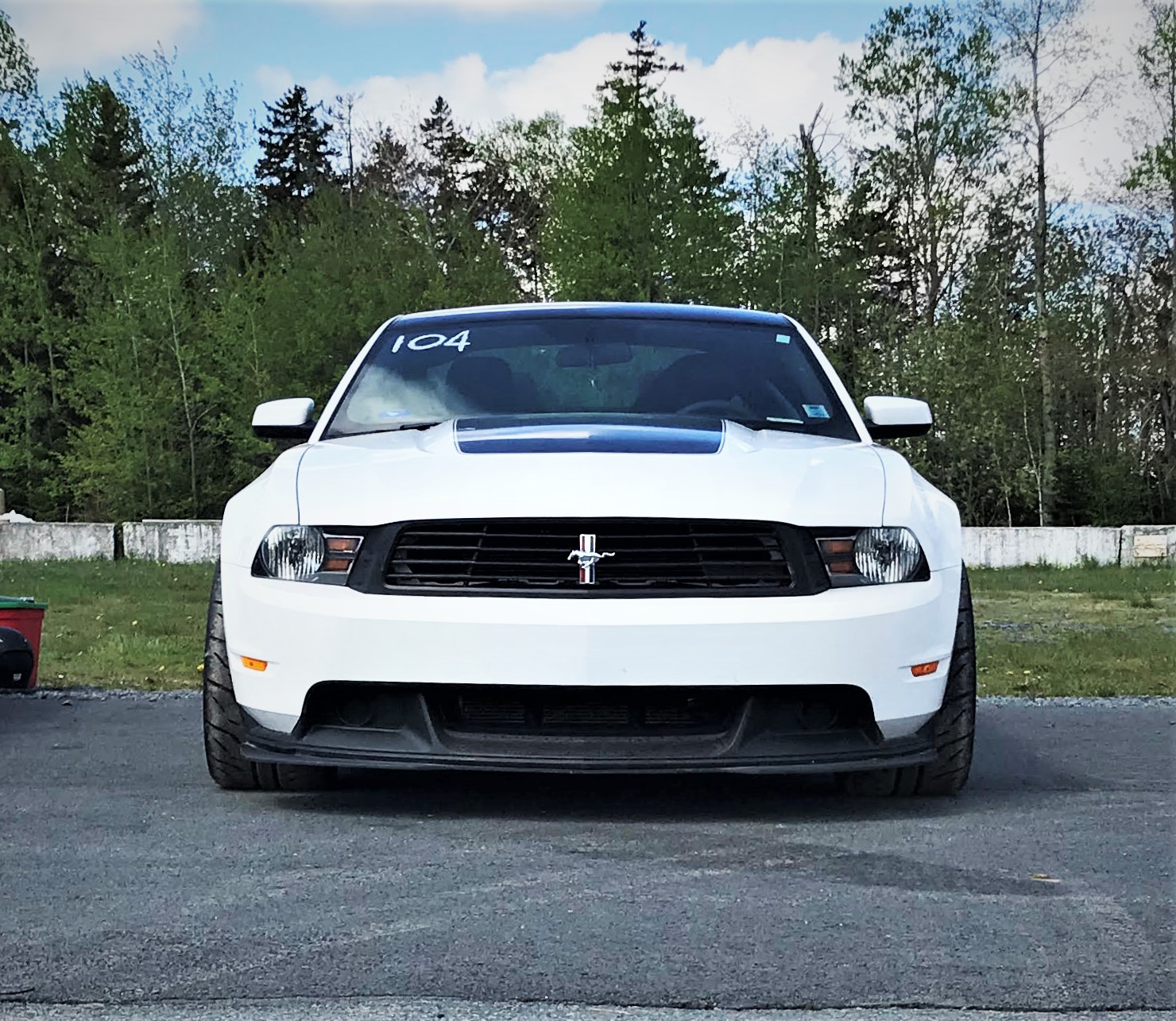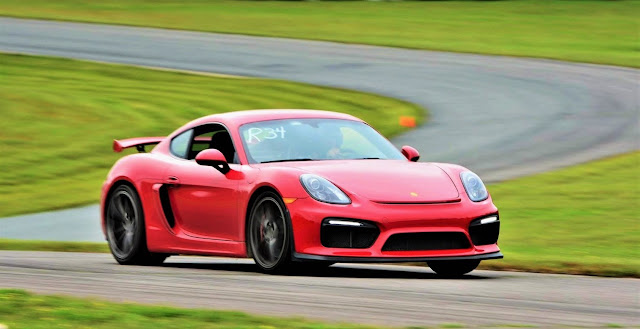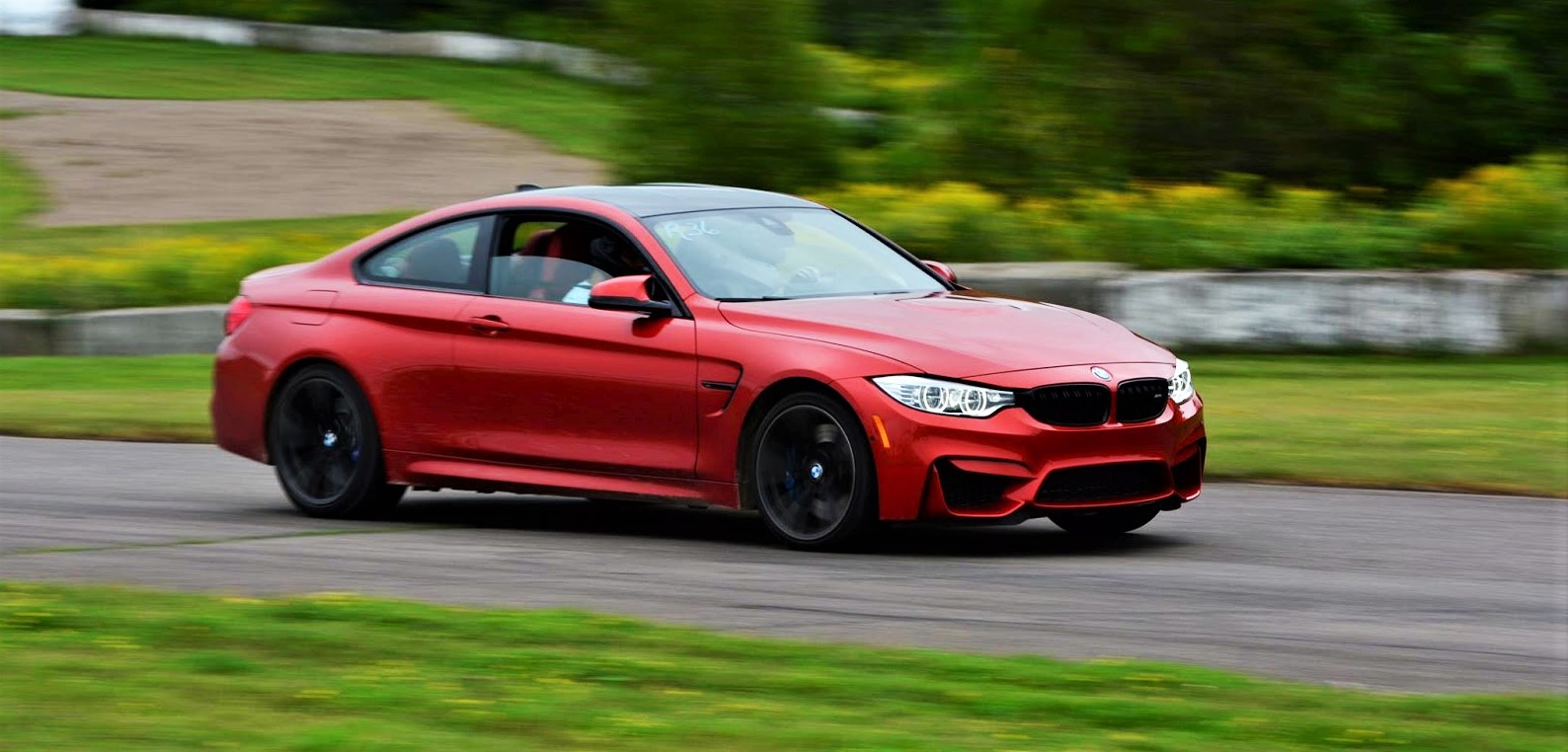I love sleepers. A picture of this car could be put in a dictionary next to the word "sleeper". The styling isn't aggressive. The brand, if recognized, would be recognized as an electric car maker not a performance car maker (except for the avid car enthusiast). It's a four door. It even doesn't look any different from the pedestrian Model S 60. And to top it all off, the electric motors noise (or lack thereof) won't be convincing anyone they're V8s or anything with enough power to worry about. That couldn't be further from the truth, though.
This is the fastest accelerating sedan that Motor Trend has ever tested. 0 to 60 mph arrives in just 3.1 seconds. The 1/4 mile passes in 11.6 seconds at 115.2 mph. For a full review and the rest of the stats, go to: 2015 Tesla Model S P85D First Test.
There are a couple of things I don't like about the car, though. For one, the interior. I don't know why every one is going crazy over this centre screen. Maybe I'm old fashioned but I find it huge. It looks like an afterthought; far too large for a car. Every time I look at a picture of the interior, it looks like someone took an oversized iPad and stuck it in the middle of the car. It may be a part of making a statement because of the fact that this car is supposed to change the traditional concept of a car with the electric powertrain and continuous updates. Maybe it looks better in person or maybe it looks better to more tech savvy drivers but I don't like it.
The other thing I don't like about this car is how it performs. It certainly isn't the actual performance (i.e. performance figures/capabilities) but rather how the car achieves those figures. For example, the acceleration times are blistering but 1/4 mile trap speed is very low (for the time), even by AWD standards.
For example, in an earlier Motor Trend test (Comparison: Luxury Super Sports Sedan)
the Audi RS7 did the 0 to 60 mph sprint in 3.2 seconds (only 1 tenth behind the Tesla) and ran the 1/4 mile in 11.6 seconds, exactly the same time as the Tesla. The trap speed? 120.4 mph - more than 5 mph faster despite a slower 0 to 60 mph time and an identical 1/4 mile time. The same story goes for the Mercedes CLS63 S AMG, which is even slightly slower to 60 mph and the 1/4 mile mark than the Audi, yet it crosses the traps at 122.7 mph - a whopping 7.5 mph faster than the Tesla. The Porsche is even slower than the Mercedes but still traps higher than the Tesla. The same applies to the slower Model S 60, which is comparable to a Chrysler 300C in specs, yet it has a slower 1/4 mile trap speed. What gives?
The problem (I believe) is the single speed transmission. Electric motors are always touted as being better than gasoline engines because they achieve their peak torque at 0 rpm (i.e. all torque is available from a standstill). What companies neglect to tell, though, is the fact that torque drops off after that and, like gasoline engines, electric motors have a power curve (i.e. they make their peak power at a certain motor speed/rpm and less power at speeds slower/faster than that). Gasoline-powered cars get around that problem with transmissions that have multiple speeds. The point of this is to keep the engine operating at the optimum speeds regardless of road conditions. Under light load, keep the rpms low to improve efficiency and under heavy load keep the engine at high speed to increase power.
Electric motors, though, have a much, much broader power curve and can safely rev much higher than gas engines. Moreover, electric motors can operate much more efficiently at different engine loads without changing engine speed. All of that means that you can get away with a 1 speed transmission, reducing weight, complexity and cost. The downside, is that you don't stay on the power as long compared to, say, that Audi RS7 which has an 8-speed automatic. The Audi can rev up quickly due to a low first gear to get to the peak power and as soon as the power starts to taper, you change gears and you're back on peak power and then you change gears again and so forth. The result is that you have peak power for more of the time which means higher speeds.
I don't mind the lower speeds per se, although it will change our gauge for power if the future really is electric cars (i.e. when you hear a car has 691 hp, you no longer think trap speeds above 120 mph). What I don't like is the other changes that come with it. Will electric cars ever have nearly as many speeds as gas cars? It would be a waste of money, weight and cost because they don't need it so I would say no but there's something about changing gears. It's engaging and entertaining (hence many enthusiasts lament the near extinction of manual transmissions). It's also great to go over that peak power, change gears, and do it again, again and again.
The electric car will change how we have fun with cars. The noise is gone, the traditional build up of power is gone and changing gears is gone. It will give us something in return, though. A more efficiency way for us car enthusiasts to still have fun. A way to still enjoy driving when the world would rather us not. I do love the Model S P85D and I wish I had one. If the future has as many cars like the Model S P85D when processing oil is no longer feasible as we have Mercedes AMGs, Cadillac V-series cars, BMW M-cars and Audi RS cars today, I say welcome to the future!
















Comments
Post a Comment